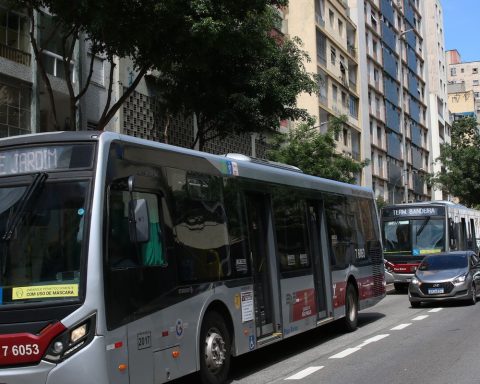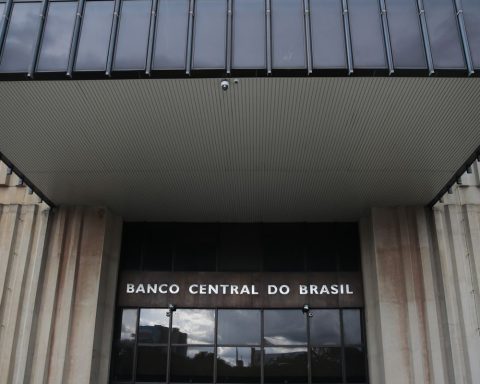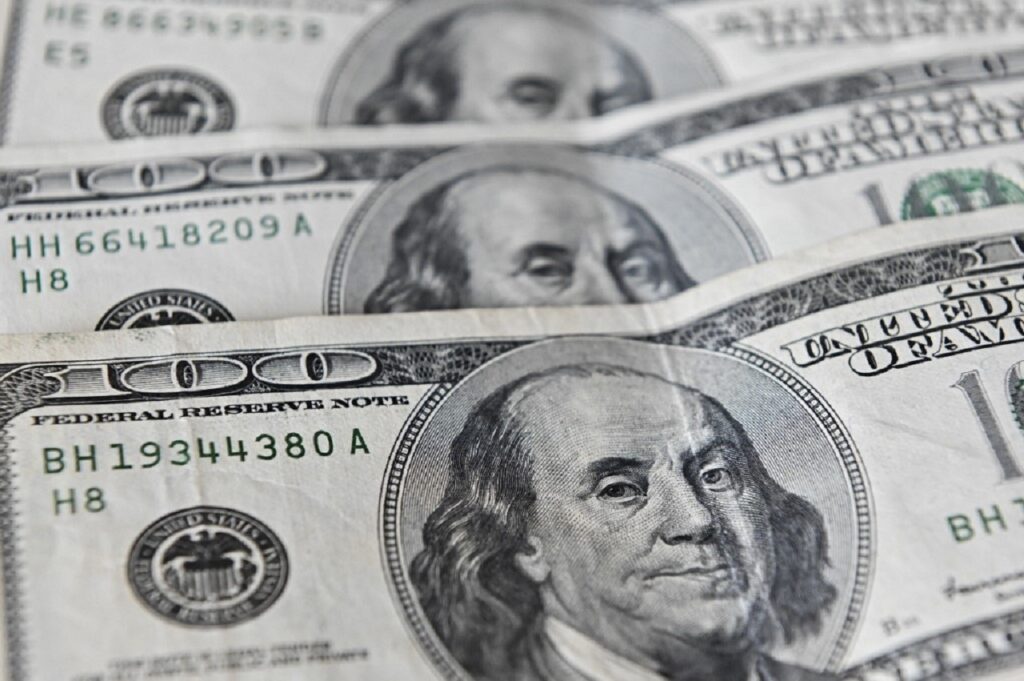The Monetary Policy Committee (Copom), of the Central Bank (BC), warned that the increase in public spending and the uncertainty about the accounts in 2023 could raise inflation expectations and informed that it will resume the cycle of hikes in the basic interest rate. , the Selic, in case the disinflation process does not proceed as expected.
In a meeting last week, given the drop in inflation in recent months, the Copom maintained the Selic at 13.75% per year.
“The Committee assesses that the permanent increase in spending and the uncertainty about its trajectory from next year onwards could raise country risk premiums and inflation expectations as they put pressure on aggregate demand and worsen expectations about the trajectory. Supervisor. The Committee reiterates that there are several channels through which fiscal policy can affect inflation, including its effect on activity, asset prices, the degree of uncertainty in the economy and inflation expectations,” said the minutes of the last Copom meeting, released today (1st), in Brasilia.
Fees
By choosing to maintain the interest rate, the collegiate reinforced the need to evaluate, over time, the accumulated impacts “of the intense and timely monetary policy cycle already undertaken”. The rate remains at the highest level since January 2017, when it was also at 13.75% per year.
That was the Monday consecutive time that the BC does not change the rate, which has remained at that level since August. Previously, the Copom had raised the Selic rate for 12 consecutive times, in a cycle that began amid rising food, energy and fuel prices.
“The Committee reinforces that it will persevere until not only the disinflation process is consolidated, but also the anchoring of expectations around its goals. The Committee emphasizes that it will not hesitate to resume the adjustment cycle if the disinflation process does not proceed as expected”, clarifies the minutes.
For the Copom, the impacts of the increase in interest rates on credit data and economic activity are already perceptible. “There is an impact on recent data regarding both the composition of credit concessions for families and the moderate increase in delinquency, in part associated with a dynamic in real disposable income that suggests retraction”, he evaluated.
Even so, for the collegiate, consumer inflation remains high, despite the recent drop and the effects of tax cuts on items such as fuel and electricity.
“Recent disclosures were strongly influenced by the reduction in administered prices, due to both the fall in taxes and, to a lesser extent, the drops in international fuel prices. In addition, items related to industrial goods, reflecting the more intense fall in producer prices and the easing of pressures in global value chains, also decelerated. However, the components that are more sensitive to the economic cycle and monetary policy, which present greater inflationary inertia, remain above the range compatible with meeting the inflation target”, explains the Copom minutes.
Inflation
The Selic rate is the main instrument used by the Central Bank to achieve the inflation target. The increase in the Selic, which serves as a reference for other interest rates in the country, helps to control inflation, because the rate causes reflections on prices, since higher interest rates make credit more expensive and stimulate savings, containing heated demand.
In September, there was 0.29% deflation, the third consecutive month of decline in the indicator. As a result, the Broad Consumer Price Index (IPCA) accumulates a high of 4.09% in the year and 7.17% in 12 months, according to the Brazilian Institute of Geography and Statistics (IBGE).
To decide on maintaining the Selic, the committee established a baseline scenario for inflation, with projections at 5.8% for 2022, 4.8% for 2023 and 2.9% for 2024. Estimates for price inflation administered are deflation of 3.9% for 2022, and increases of 9.4% for 2023 and 3.8% for 2024.
Copom adopted a “green” tariff flag in December 2022 and “yellow” in December 2023 and 2024, in addition to an exchange rate starting at US$ 5.25 and oil prices following the upward curve for the next few years. six months and increasing by 2% per year thereafter.
The forecast for 2022 is above the ceiling of the inflation target that must be pursued by the BC. The target – defined by the National Monetary Council – is 3.5% for this year, with a tolerance interval of 1.5 percentage points up or down. That is, the lower limit is 2% and the upper limit is 5%.
It is also noted that the BC raised the inflation forecast for 2023 – from 4.6% to 4.8% – in relation to the meeting of the Copom of September. Thus, the entity also considers the target ceiling burst next year. For 2023 and 2024, the targets set are 3.25% and 3%, respectively, also with tolerance intervals of 1.5 percentage points. That is, for 2023 the limits are 1.75% and 4.75%.
economic situation
For the BC, the baseline scenario for inflation involves risk factors in both directions. Upside risks include greater persistence of global inflationary pressures. In addition, there is uncertainty about the future of the country’s fiscal framework and additional fiscal stimulus.
Among the downside risks, the Copom highlights an additional drop in the prices of commodities [produtos primários] in local currency, a sharper-than-projected slowdown in global economic activity and maintenance of the tax cuts projected to be reversed in 2023.
For the Central Bank, within the scope SunFrom an ethical point of view, the set of economic indicators continues to indicate growth at the margin, albeit at a more moderate pace, and the labor market continues to recover, but at a slower pace than in previous months.
“The activity data, which contribute to the assessment of the degree of idleness, indicate a more moderate pace of growth at the margin. On the one hand, the impetus of the reopening of the economy in the service sector and the fiscal stimuli still drive consumption growth, although these impulses are expected to subside. On the other hand, the impact of monetary policy and its lags points to a reduction in the pace of economic activity, which tends to increase in the coming quarters”, says the minutes.
inflationary pressure
In the international scenario, the Copom assesses that the “commitment and determination of central banks to reduce inflationary pressures and anchor expectations raise the risk of a more pronounced global slowdown”. “There was an adjustment in the extension and speed of the monetary policy tightening cycle in some advanced countries, which provoked a new tightening of financial conditions”, he highlighted.
“The tightening of financial conditions in the main economies, the continuation of the War in Ukraine, with its consequences on energy supplies to Europe, and the maintenance of the policy to combat Covid-19 in China reinforce the prospect of a slowdown in global growth. in the coming quarters”, concluded the Copom minutes.














